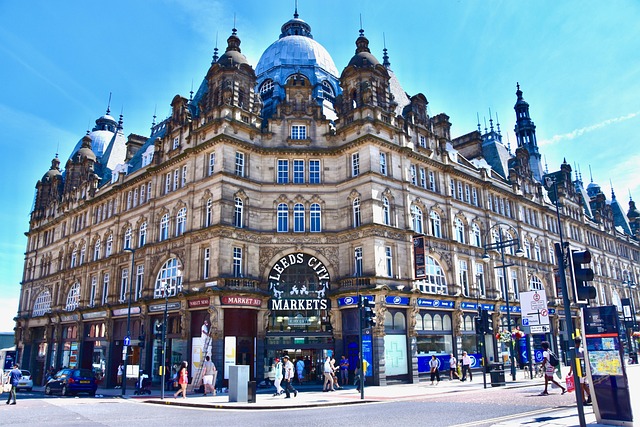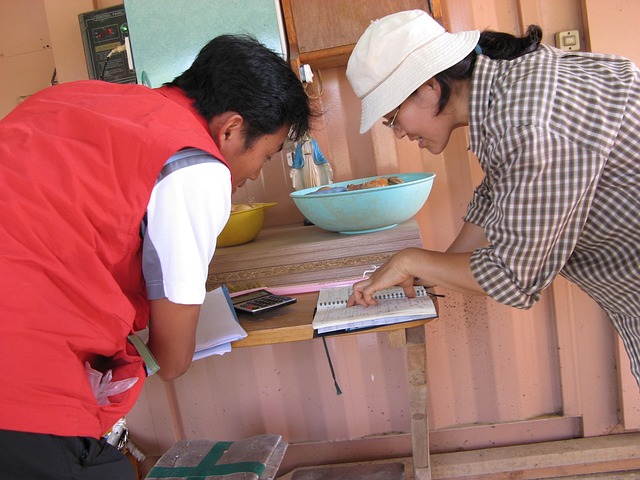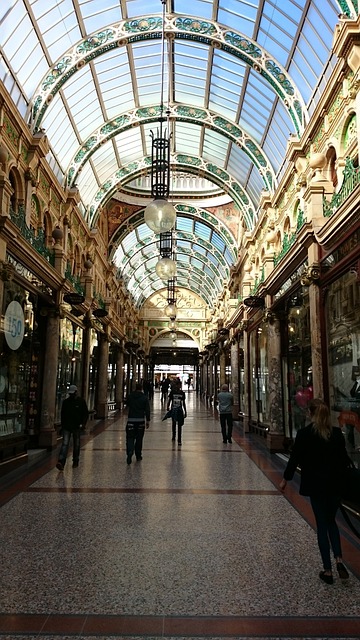The real estate industry is undergoing a significant transformation driven by an increased environmental awareness among developers and investors. This shift prioritizes green building practices, such as using eco-friendly materials, energy-saving technologies, and innovative designs to reduce carbon footprints. These initiatives not only promote sustainability but also boost property values and tenant satisfaction. Consumer demand for eco-conscious properties further fuels this trend, fostering a market for resource-smart construction. Sustainable design strategies include integrating renewable energy sources, utilizing eco-friendly materials, and planning for optimal natural light and ventilation. Resource-smart buildings are revolutionizing the sector by minimizing resource consumption, reducing waste, and promoting eco-friendly practices throughout their lifecycle, ultimately contributing to a greener planet and enhanced quality of life.
In the dynamic realm of real estate, a paradigm shift is underway with the embrace of sustainable and resource-smart construction practices. This evolution, driven by environmental consciousness and innovation, is transforming buildings into eco-friendly oases that benefit both planet and society. From green building design strategies to their profound impact on our world, this article explores how developers and architects are revolutionizing the industry for a greener future.
Embracing Green Building Practices in Real Estate

The real estate industry is undergoing a significant transformation as developers and investors increasingly embrace green building practices. This shift is driven by growing environmental consciousness and the need to create sustainable, resource-efficient spaces. By adopting eco-friendly materials, energy-saving technologies, and innovative design strategies, the sector is reducing its carbon footprint and contributing to a greener future.
Incorporating sustainable features into real estate projects offers numerous benefits, from enhanced property values to improved tenant satisfaction. As consumers become more environmentally aware, they actively seek out eco-conscious properties, further encouraging developers to prioritize green building. This trend not only promotes environmental stewardship but also fosters a thriving market for resource-smart construction, ensuring a more sustainable and vibrant industry moving forward.
Key Strategies for Sustainable Construction Design

Sustainable construction design involves a thoughtful approach to minimize environmental impact and maximize resource efficiency. Key strategies include integrating renewable energy sources, such as solar panels or wind turbines, into building designs. This reduces carbon footprints and lowers operational costs for Real Estate properties over time. Additionally, utilizing eco-friendly materials like bamboo, recycled steel, and energy-efficient insulation not only diminishes the environmental toll but also enhances a structure’s longevity.
Effective planning is another cornerstone of sustainable construction. Architects and developers should design buildings to maximize natural light and ventilation, reducing the need for artificial lighting and cooling systems. Orienting structures strategically relative to the sun and incorporating green roofs or walls can further mitigate environmental impacts. Embracing these practices not only contributes to a greener planet but also offers long-term financial benefits for Real Estate investors and occupants alike.
The Impact of Resource-Smart Buildings on the Environment and Society

Resource-smart buildings are transforming the real estate landscape, offering a sustainable solution with significant environmental and societal impacts. These structures are designed to minimize resource consumption, reduce waste, and promote eco-friendly practices throughout their lifecycle. By embracing energy efficiency, water conservation, and innovative materials, they contribute to lowering carbon emissions and mitigating climate change effects.
On a societal level, such buildings foster healthier living environments, improve air quality, and enhance community resilience. They can also drive economic growth by creating green jobs, reducing operational costs for occupants, and increasing property values in eco-conscious neighborhoods. This shift towards sustainable construction is not just a trend but a necessary step towards ensuring a more resilient and harmonious coexistence between human settlements and the natural world.






